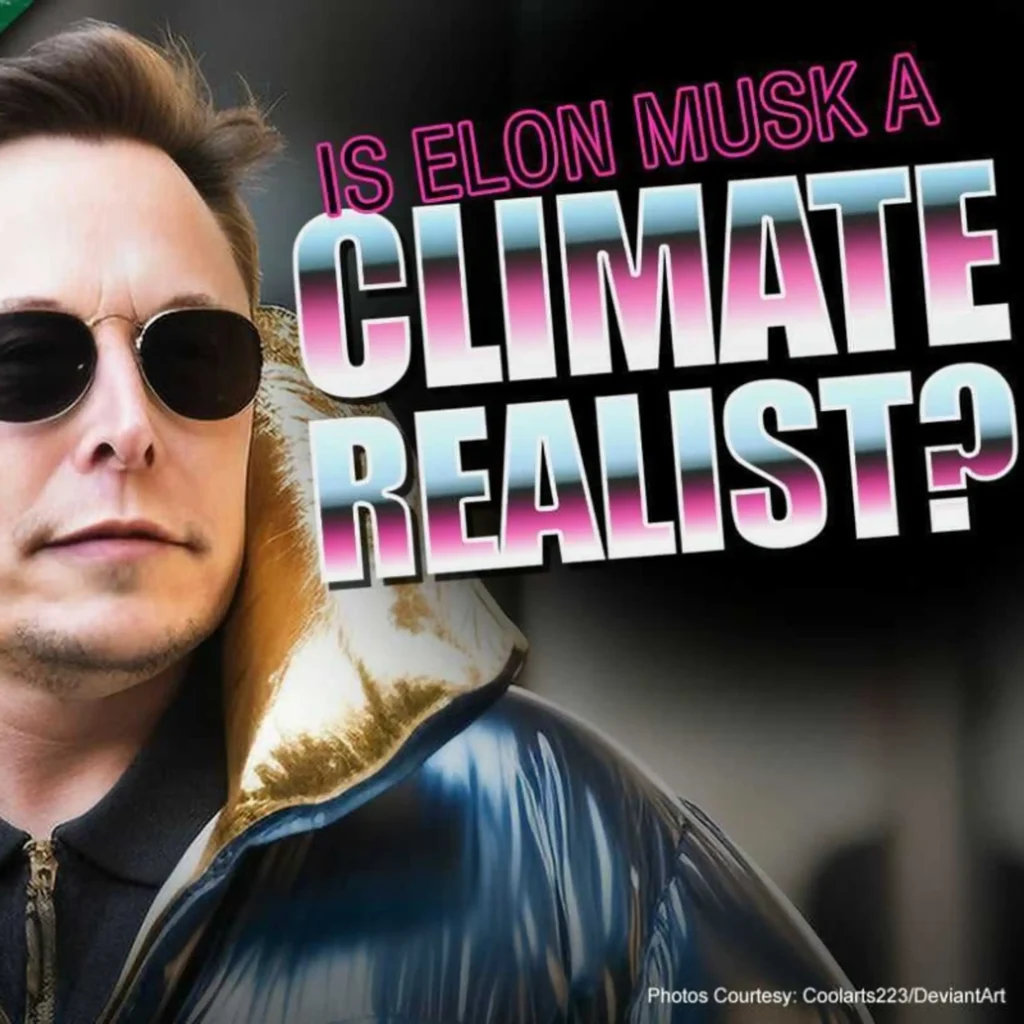Last year, the U.S. Environmental Protection Agency (EPA) began drafting a proposed rule that would simultaneously implement President George W. Bush’s “Twenty in Ten” energy plan, aimed at reducing gasoline usage by 20 percent over the next 10 years, and satisfy the agency’s obligation to determine whether to regulate carbon dioxide (CO2) as a result of the Supreme Court’s 2007 decision in Massachusetts v. EPA.
But Congress acted first, passing the Energy Independence and Security Act, which contains the two main policy goals of the Twenty in Ten plan: (1) expansion of the renewable fuels mandate (RFS) to 36 billion gallons and (2) aggressive new corporate average fuel economy (CAFE) standards for cars and light trucks.
EPA’s Prevention of Significant Deterioration (PSD) permitting authority under section 165 of the Clean Air Act, however, means any regulation of CO2 would trigger costly, onerous stationary source control requirements for hundreds of thousands of buildings across the United States.
Perhaps sensing the PSD pitfalls caused by CO2 regulation, the day the act was signed into law EPA denied the State of California’s request for a waiver to regulate vehicle greenhouse gas emissions. The agency cited as justification the two main Twenty in Ten goals achieved by the Energy Independence and Security Act.
Although EPA’s denial letter to California clearly suggests it has concluded the RFS and CAFE standards in the energy act satisfy its obligations under Massachusetts v. EPA, it still has not made an official determination that it will not regulate CO2.
In short, EPA dodged a bullet on PSD, but we are a long way from solving the problem.
— William L. Kovacs



